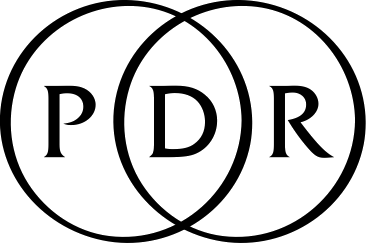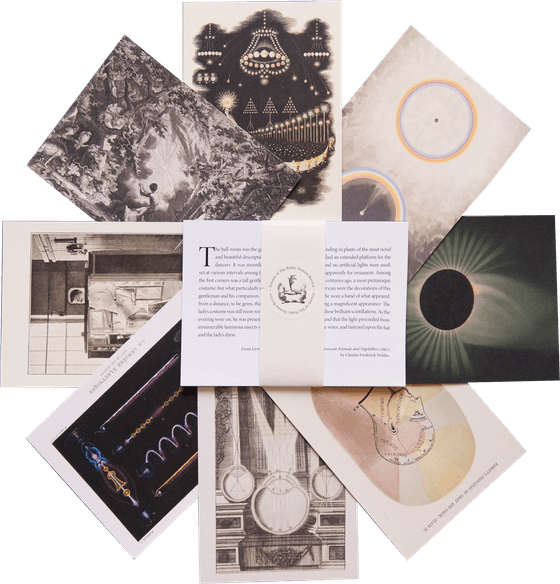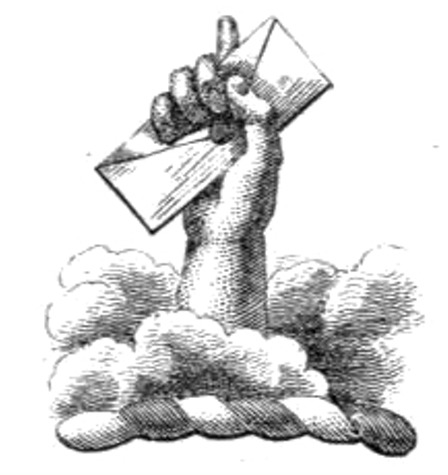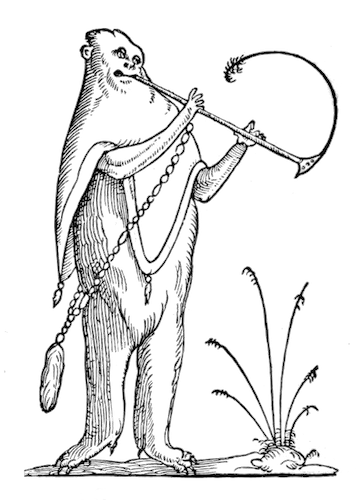
Persian Demons from a Book of Magic and Astrology (1921)
These watercolours come from a bound manuscript written by a rammal — or soothsayer — in Isfahan, Iran. According to Ali Karjoo-Ravary, the paintings were added one or two decades after the composition of the text — a treatise on spells and demons, “among other creatures, that are associated with each sign of the zodiac.” The pictures, Karjoo-Ravary continues:
are accompanied with ritual prescriptions for dealing with the different creatures. The author attributes his knowledge to the Biblical Solomon, who was known for his power over demons and spirits.
Not all of the 56 painted illustrations in the manuscript depict demonic beings. Amongst the horned and fork-tongued we also find the archangels Jibrāʾīl (Gabriel) and Mikāʾīl (Michael), as well as the animals — lion, lamb, crab, fish, scorpion — associated with the zodiac. But most of the figures shown are far from ordinary or angelic. A blue man with claws, four horns, and a projecting red tongue is no less frightening for the fact that he’s wearing a candy-striped loincloth. In another image we see a moustachioed goat man with tuber-nose and polka dot skin maniacally concocting a less-than-appetising dish. One recurring (and worrying) theme is demons visiting sleepers in their beds, scenes involving such pleasant activities as tooth-pulling, eye-gouging, and — in one of the most engrossing illustrations — a bout of foot-licking (performed by a reptilian feline with a shark-toothed tail).
The wonderful images draw on Near Eastern demonological traditions that stretch back millennia — to the days when the rabbis of the Babylonian Talmud asserted it was a blessing demons were invisible, since, “if the eye would be granted permission to see, no creature would be able to stand in the face of the demons that surround it.”
You can see our pick of the illustrations below, starting with the double-page spreads of the signs of the zodiac with their associated demons followed by more highlights from the bevy of delightful images.
Enjoyed this piece? We need your help to keep publishing.
The PDR is a non-profit project kept alive by reader donations – no ads, no paywalls, just the generosity of our community. It’s a really exciting model, but we need your help to keep it thriving. Visit our support page to become a Friend and receive our themed postcard packs. Or give a one-off donation. Already a supporter? A huge thank you for making all this possible.
Oct 24, 2019






